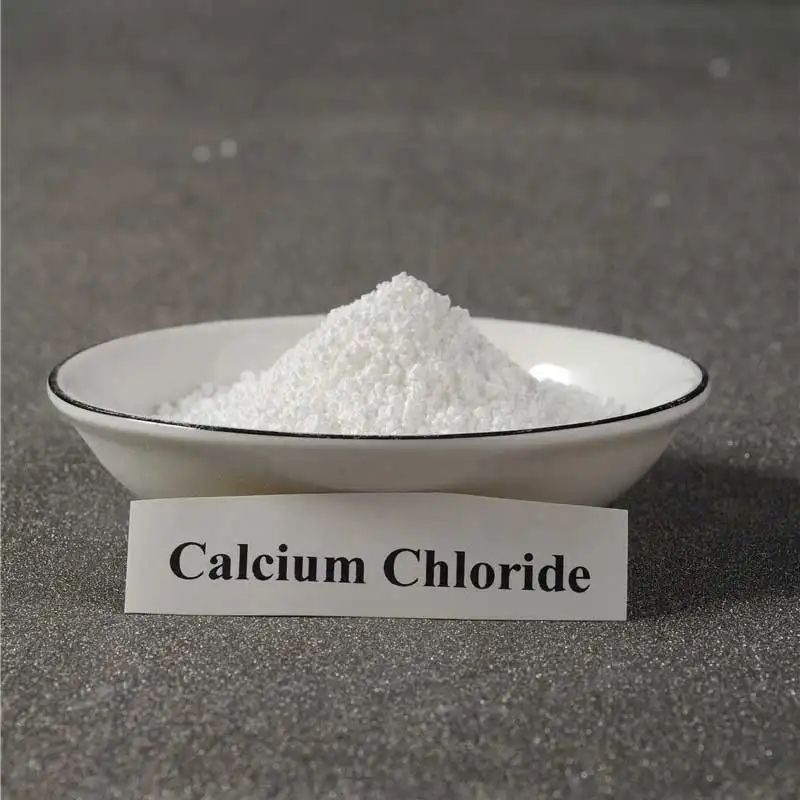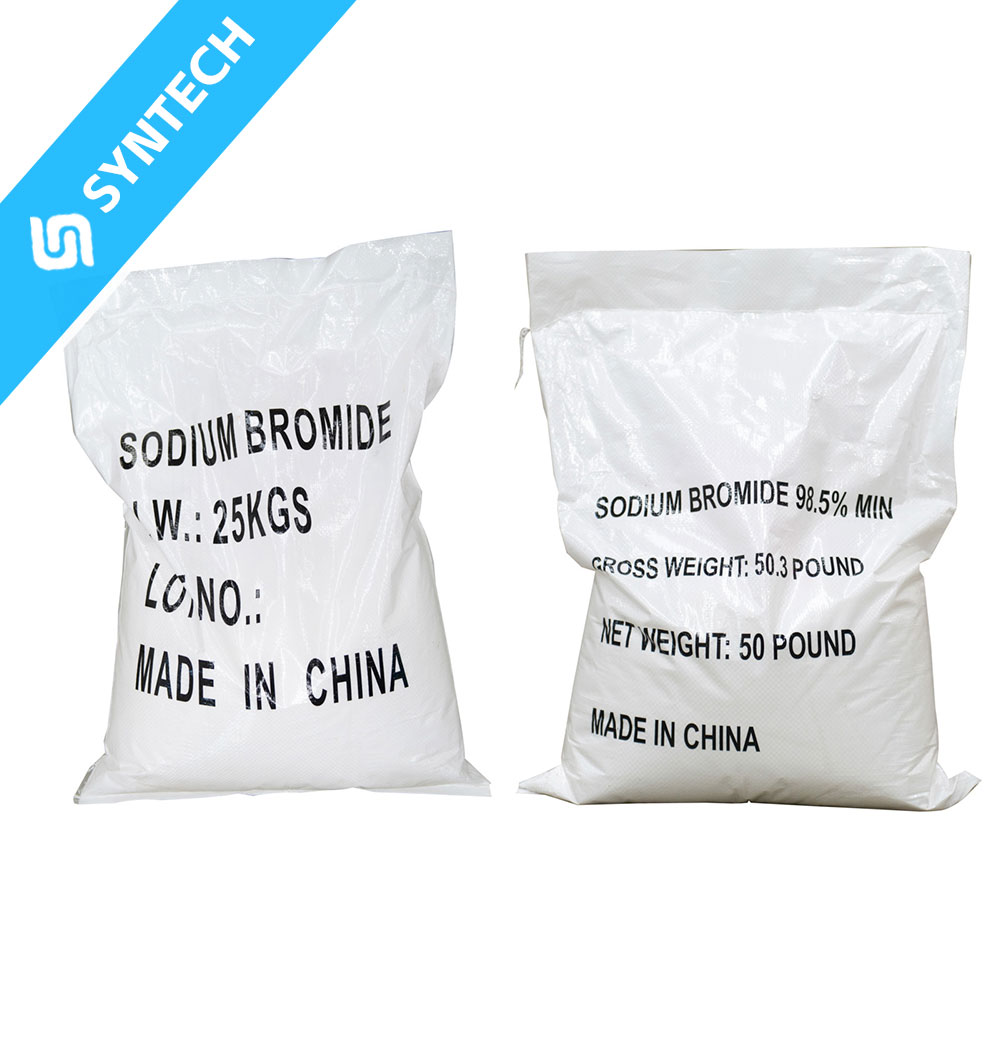1. Source Reduction Strategies
A. Optimized Formulations:
- Implement density-adjusted blends (CaBr₂/CaCl₂) to minimize bromide content while maintaining performance
- Use computer modeling (e.g., OLGA® or PIPESIM) to determine minimum required concentrations
- Typical reduction: 15-30% less CaBr₂ usage through precise density management
B. Closed-Loop Systems:
- Install recirculation units with 90-95% brine recovery rates
- Implement real-time density monitoring (Coriolis flow meters) to prevent over-usage
- Case study: Offshore Gulf of Mexico operations achieved 40% reduction in fresh CaBr₂ purchases
2. Containment & Handling Protocols
A. Rig-Site Management:
- Secondary containment requirements:
- Double-walled storage tanks (API RP 1652 compliant)
- Impermeable liners (≥30 mil HDPE) with 110% capacity
- Dedicated loading/unloading areas with spill collection sumps
B. Transportation Safeguards:
- UN-approved packaging (UN3077 for solid, UN1760 for liquid)
- GPS-tracked shipments with emergency response kits
- Route planning avoiding sensitive watersheds (<500m buffer)
3. Waste Treatment Technologies
A. Advanced Processing:
- Membrane Filtration:
- Nanofiltration (NF) systems achieving 85-92% CaBr₂ recovery
- Typical configuration: 2-stage NF at 20-25 bar operating pressure
- Electrochemical Recovery:
- Electrodialysis reversal (EDR) units:
- Energy consumption: 3-5 kWh/m³
- Br⁻ recovery efficiency: 75-85%
- Electrodialysis reversal (EDR) units:
- Precipitation Methods:
- Ag⁺-assisted bromide removal:
- AgNO₃ dosing at 1.05:1 molar ratio
- Generates AgBr precipitate (99.2% removal)
- Ag⁺-assisted bromide removal:
B. Biological Treatment:
- Halophilic bacterial consortia (e.g., Halomonas spp.)
- Operating parameters:
- Salinity tolerance: up to 15% TDS
- Bromide degradation rate: 0.5-1.2 mg/L/hr
- Required C:N:P ratio = 100:10:1
4. Disposal Alternatives
A. Approved Methods:
| Method | Requirements | Efficiency | Cost ($/bbl) |
|---|---|---|---|
| Deepwell Injection | Class II UIC permit | 100% containment | 12-18 |
| Crystallization | >92% solids recovery | 85-90% volume reduction | 25-35 |
| Thermal Desalination | ZLD systems | 95-98% recovery | 40-55 |
B. Reuse Opportunities:
- Road de-icing (meets ASTM D492-92)
- Industrial water treatment (cooling towers)
- Animal feed supplement (FDA 21 CFR §573.200)
5. Monitoring & Compliance
A. Real-Time Analytics:
- Online bromide sensors (ion-selective electrodes)
- Detection limit: 0.1 mg/L
- Response time: <2 minutes
- Automated reporting systems for discharge compliance
B. Ecological Safeguards:
- Aquatic toxicity thresholds:
- 96h LC50 (Rainbow trout): 450 mg/L
- NOEC (Daphnia magna): 120 mg/L
- Mandatory biomonitoring for operations near sensitive ecosystems
6. Emerging Technologies
A. Green Chemistry Alternatives:
- Bio-based shale inhibitors (chitosan derivatives)
- Ionic liquid systems (imidazolium bromides)
- Performance comparison:ParameterCaBr₂Bio-InhibitorIonic LiquidInhibition100%85-90%95-98%Biodegradability<5%75%40%Cost Index1.01.82.3
B. Brine Mining:
- Electrodialysis with bipolar membranes
- Produces: HBr (industrial grade) + Ca(OH)₂
- Energy requirement: 8-12 kWh/kg CaBr₂ recovered
- Pilot plant results: 82% purity at $1.20/lb production cost
7. Regulatory Framework
A. Key Standards:
- EPA 40 CFR Part 435 (Oil & Gas Extraction)
- OSPAR Recommendation 2012/5 (North Sea)
- REACH Annex XIV (EU bromide restrictions)
B. Compliance Metrics:
- Maximum allowable bromide discharge:
- Onshore: <50 mg/L (daily), <30 mg/L (monthly avg)
- Offshore: <15 mg/L (OSPAR criteria)
- Mandatory Environmental Impact Assessments for >10 ton/year usage
These practices can reduce environmental bromide loading by 60-75% compared to conventional usage while maintaining operational efficiency. Implementation requires integrated planning from fluid design through disposal, with particular attention to regional ecosystem sensitivities.






